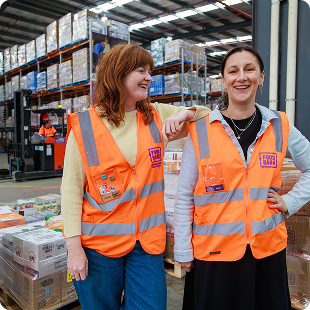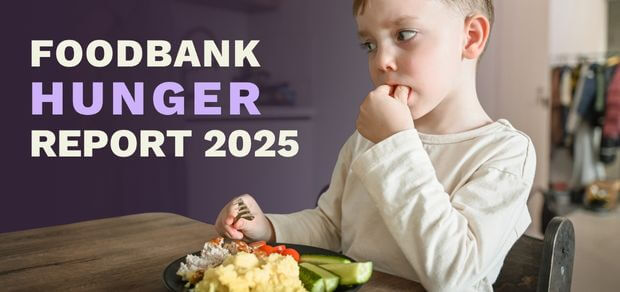From plate to bin: the hidden impact of uneaten food
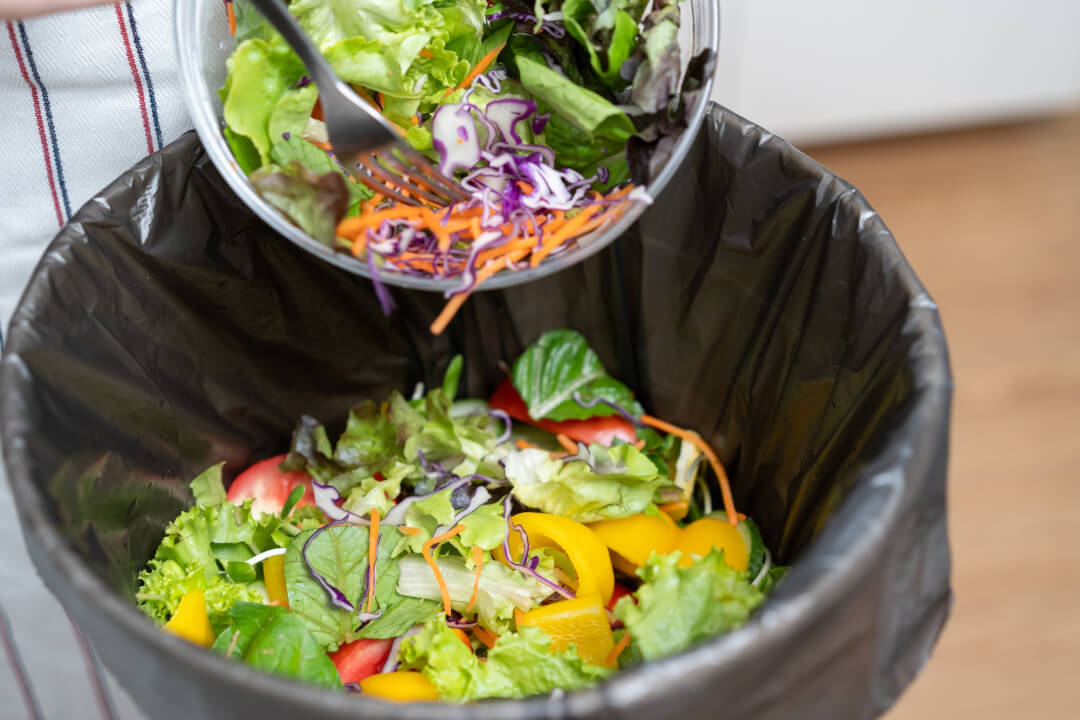
Food waste is a huge problem in Australia with 7.6m tonnes of food wasted each year, which is approximately 312kg per person per year.
If you’ve ever cleaned out your fridge and found half-eaten leftovers or veggies that have seen better days, you’re not alone. Food waste is a common issue in many households, but it’s one that comes with a hidden cost— financially, socially and environmentally. Taking steps to reduce food waste at home can have a significant impact, not just on your budget, but on the broader community as well.
Reducing food waste isn’t just about doing the right thing for the environment – though that’s a big part of it. It’s also about making smart decisions and contributing to a stronger, more resilient community in Western Australia. By being more mindful of how we buy, store and consume foods, we can save money, help those in need, and build a better future for everyone.
Let’s talk dollars and cents. The cost of food isn’t just what you see at the checkout; it’s also in the waste that ends up in your bin. Every time you throw away food, you’re essentially throwing away money. Food waste can cost an average family of four in Australia $2,500 per year.
We have the answer. Foodbank WA’s nom! programs which teach evidence-based nutrition education and cooking.
We have always covered food waste and how best to avoid it in our nom! workshops but have recently had an increase in interest from local governments in running food waste and sustainability one-off sessions. We hear your call and are here to answer it!
Our sessions cover food waste and sustainability for families, youth and adults. The sessions, through various hands-on activities and cooking, will include:
- Implementing strategies to reduce personal food waste such as meal planning, writing a shopping list, growing their own vegetables and herbs or limiting the use of ultra-processed foods by adopting a healthier eating lifestyle.
- Learn to re-use, recycle and recover different products (i.e. use of own shopping bags and avoiding plastic bags, composting at home, using FOGO when possible)
- Tips and tricks – Our cooking activities show participants how to use the whole vegetable (i.e. use the entire spring onion and plant the base with roots in soil. This will grow into a new spring onion).
Australia produces enough food to feed our population three times over, yet we still have too many people going without food. Our nom! programs show us how as individuals we can do our part. By planning meals more carefully, shopping with a list, and getting creative with leftovers, you can significantly reduce the amount of food you waste. This translates directly into savings.
So next time you think about throwing away those leftovers, think twice, you might just be throwing away more than you realise.
Latest news
nom! Children is empowering parents and nourishing futures
Find out more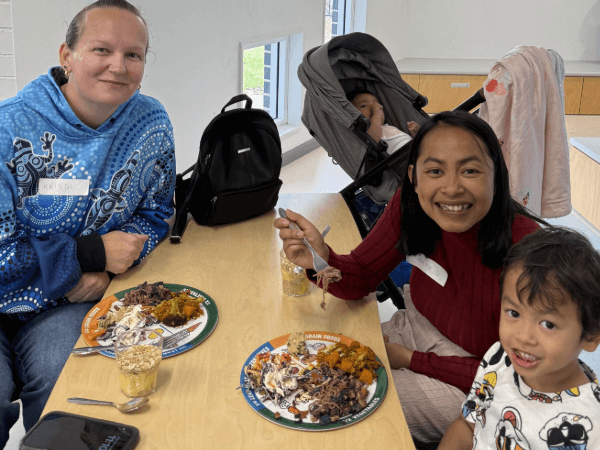
nom! building confidence, connection and lifelong healthy habits
Find out more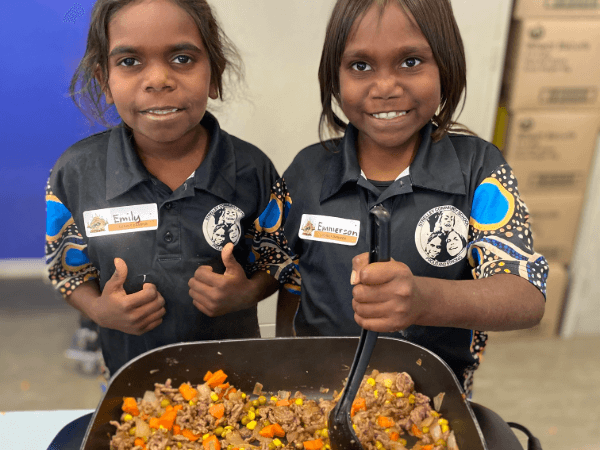
nom! Schools sets up healthy habits for life
Find out more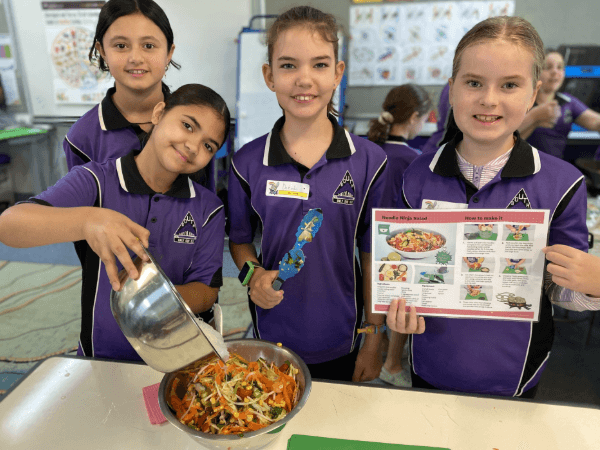
nom! wins over Wheatbelt schools
Find out more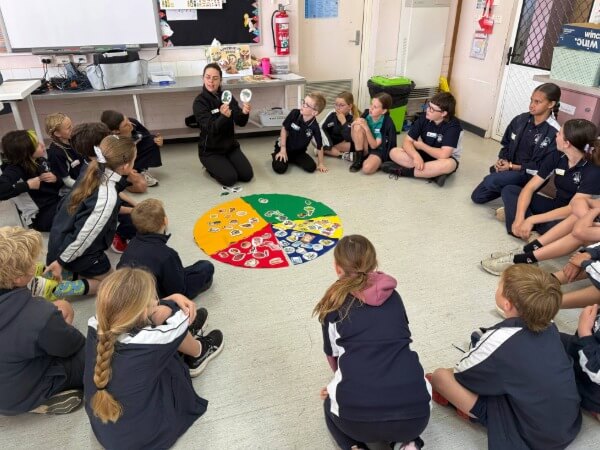
Hancock Iron Ore supports nom! Children in regional WA
Find out more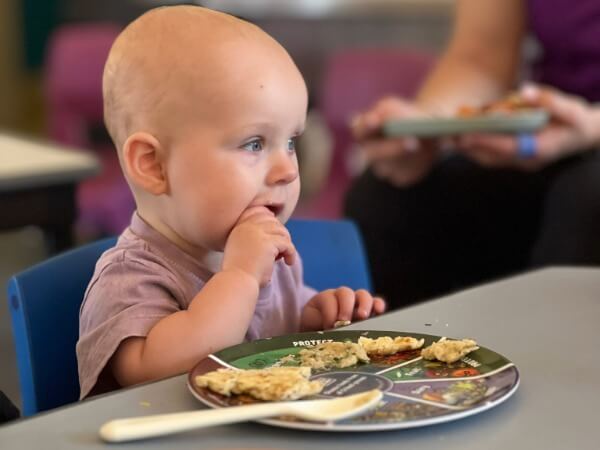
nom! Schools creating lasting impact
Find out more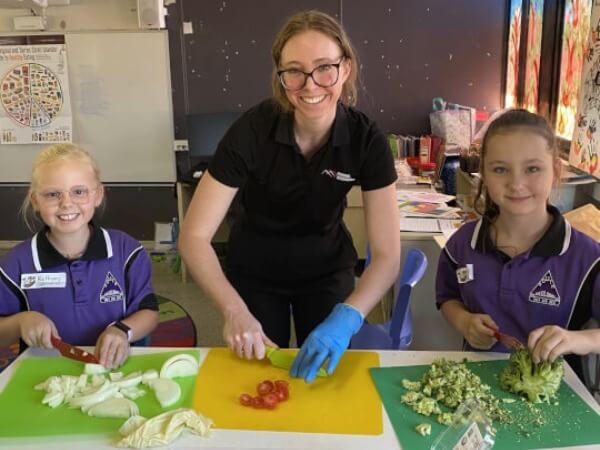
Building confidence and healthy habits with the nom! Children program
Find out more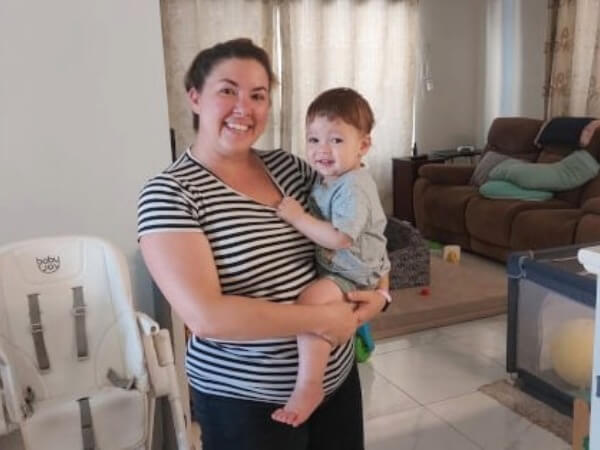
Community classrooms: nom! Schools delivers sessions in the red dirt
Find out more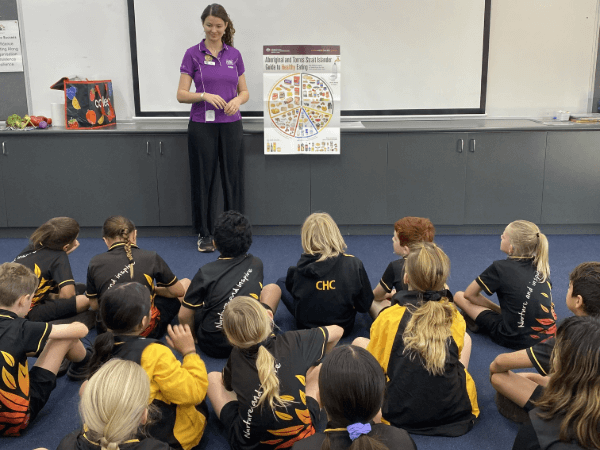
ToyBox helping us to deliver nom! sessions
Find out more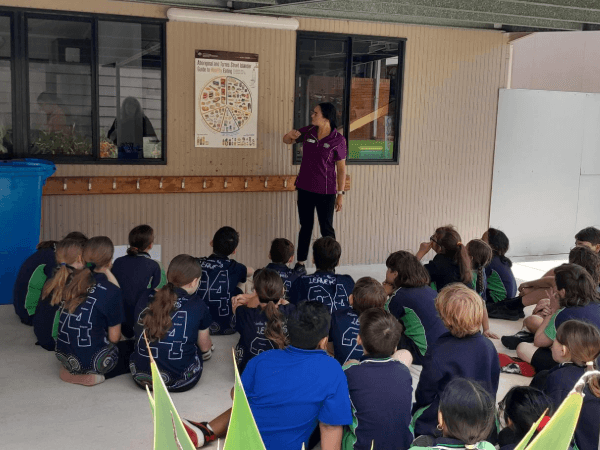
nom! Kids takes over
Find out more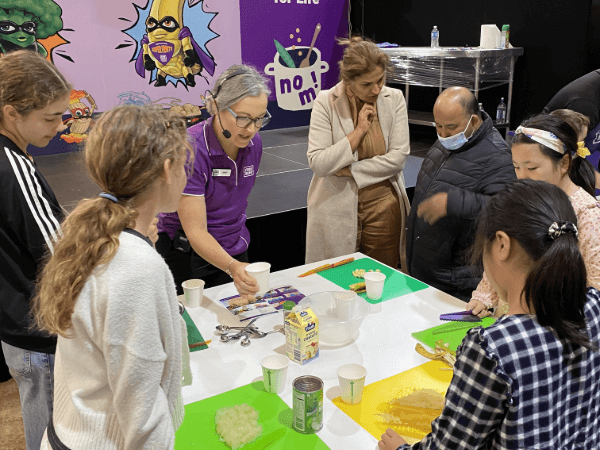
Nom! building confidence, connection and lifelong healthy habits
Find out more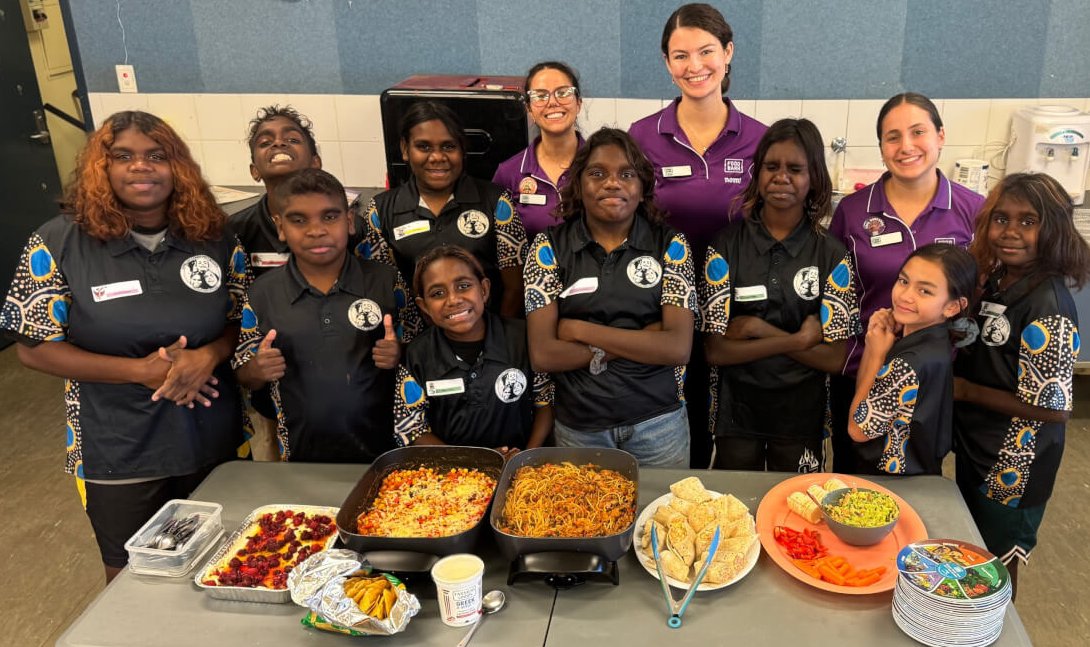
nom! Children program takes stress out of mealtimes
Find out more
Together with Telethon, we are changing lives
Find out more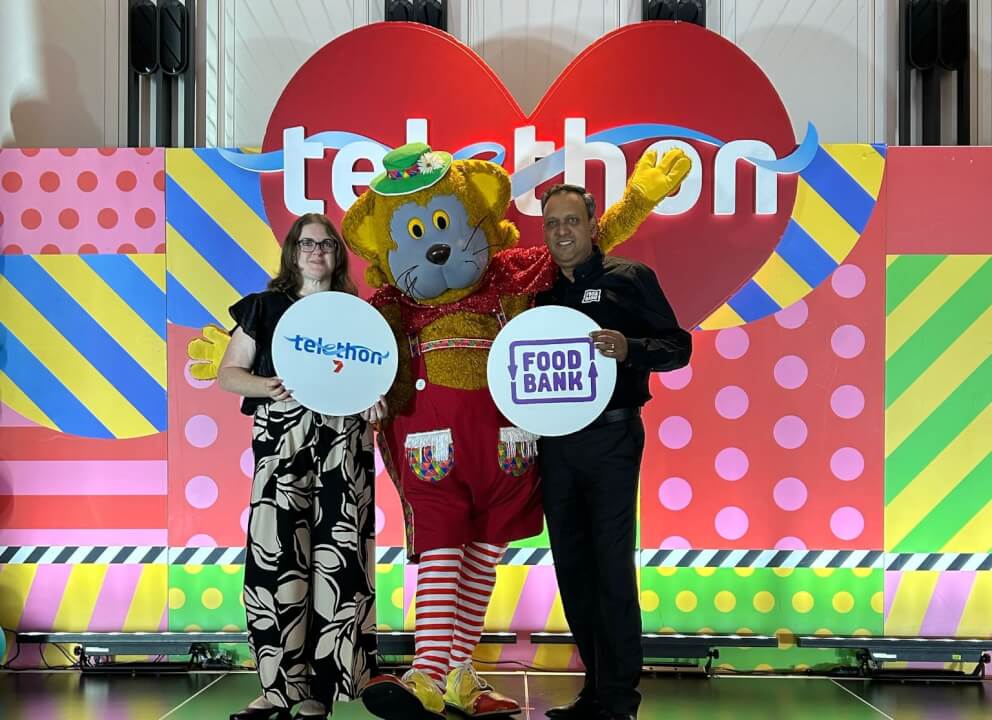
Building confidence and healthy habits with the nom! Children program
Find out more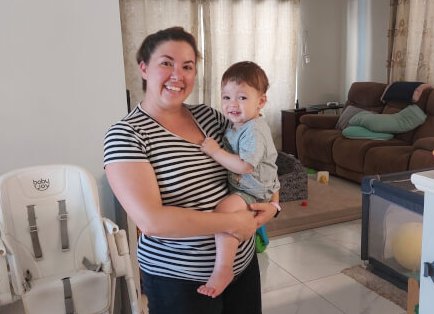
Food is a basic human right
Find out more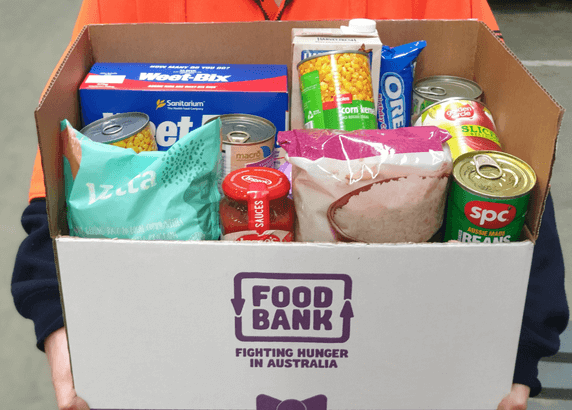
Nourishing the Mind
Find out more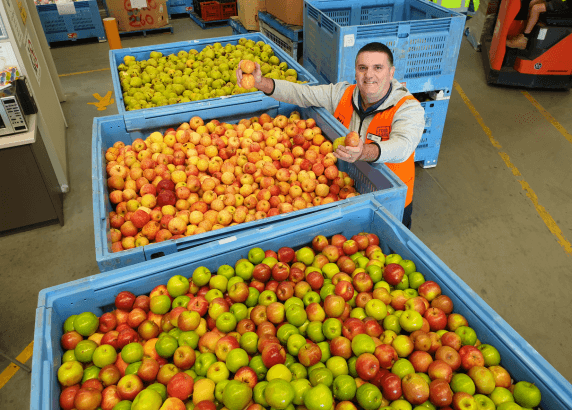
Superhero Foods® HQ
Find out more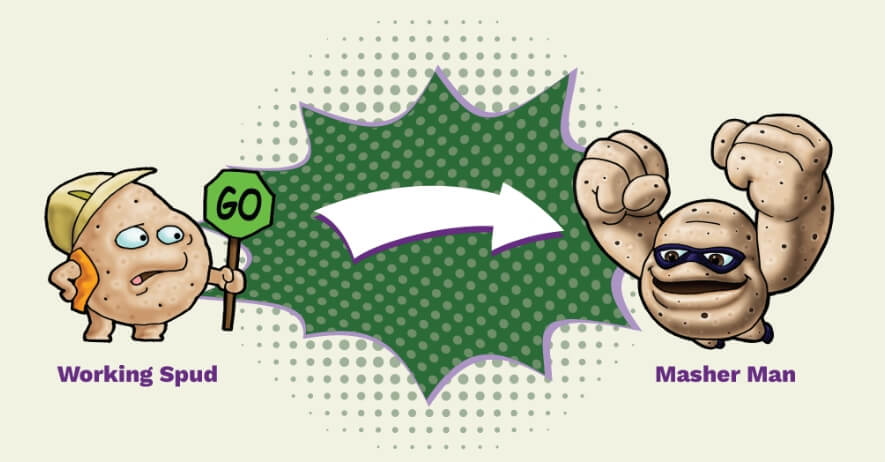
From plate to bin: The hidden impact of uneaten food
Find out more
Jawaria story | Supporting new parents to make healthy choices
Find out more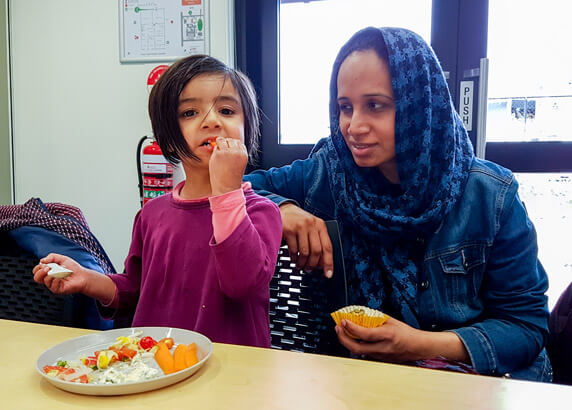
From FOOD Cent$ to nom!
Find out more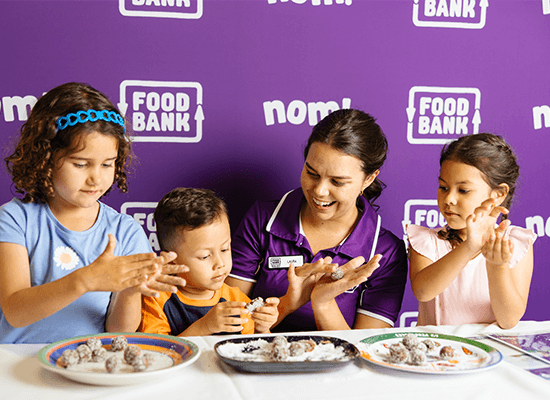
Your recipe for fun, healthy eating
Find out more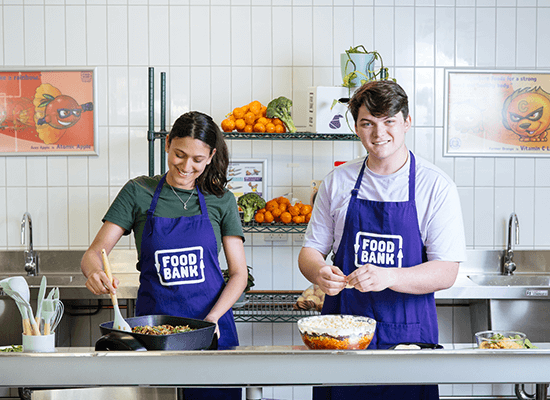
A Day in the Life of a Public Health Nutritionist | nom! Nutritionists
Find out more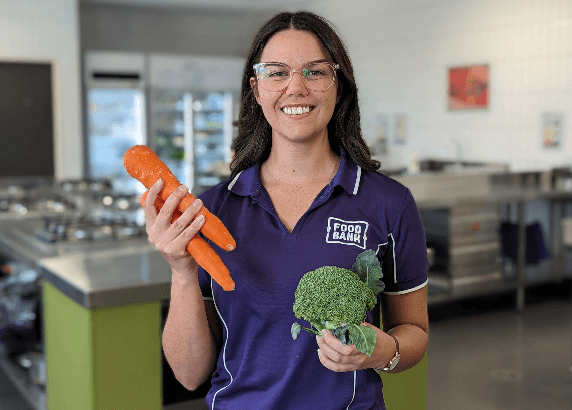
Food Mood Connection | Nutrition and Mental Health
Find out more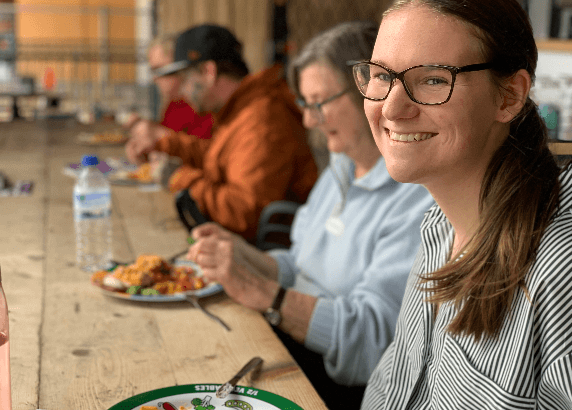
Money Saving Tips and Meal Planning on a Budget | Meal Planning
Find out more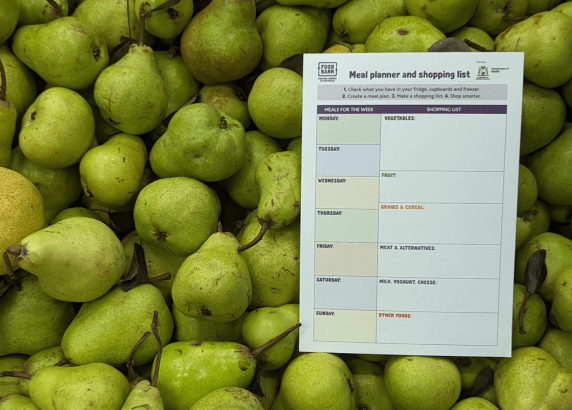
Helping to Shape Communities with BHP | Pilbara
Find out more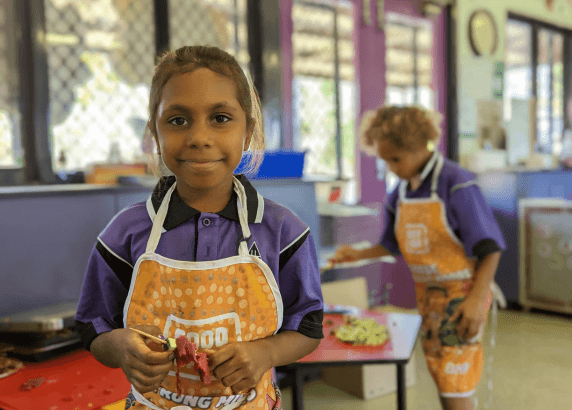
 Log in
Log in